It’s a big, dangerous world that we live in. Because of this, Nature has equipped rabbits with many cool features to help them survive, and thrive, in the wild. These are just some of their wonderful adaptations.
- Back - Rabbits have quite a weak back, which is the downside of having such powerful back legs. Make sure that children are supervised when handling rabbits as their weak backs can be harmed relatively easily. Rabbits prefer interaction at ground level rather than being lifted up.
- Dewlap - a loose, fatty area beneath the jaw of a female rabbit. She plucks fur from this region to help line her nest when the next generation of bunnies is on the way.
- Ears - As you would assume, the rabbit’s big ears gift it good hearing, but most importantly they can move each one independently allowing them to pinpoint danger from any direction
- Eyes - Rabbits have large eyes. Their eyes protrude from the side of their heads, which gives them almost 360 vision - the one area they can’t see is directly in front of their nose. To see whether or not something is edible a rabbit will touch the object with their sensitive top lip.
- Legs - Bunnies have a lot of power in their back legs, allowing them to perform big jumps and dig large holes. If they are in danger they wack their hind legs against the ground to make a loud noise that alert other rabbits.
- Nose - You may notice that your rabbit's nose is constantly twitching, this so that all of their highly sensitive receptors are exposed to the air. A rabbit that is relaxed will stop twitching with its nose.
- Tail - Also known as the scut, the tail is, at least in wild rabbits, used as a danger signal and to communicate with other rabbits over larger distances.
- Teeth - Rabbits are constantly gnawing at things, and their teeth have to keep growing to counteract this. If they don’t get worn down properly (by eating grass), they could grow up to 5 inches a year. Be sure to feed your rabbits lots of hay to keep their teeth from getting too long.
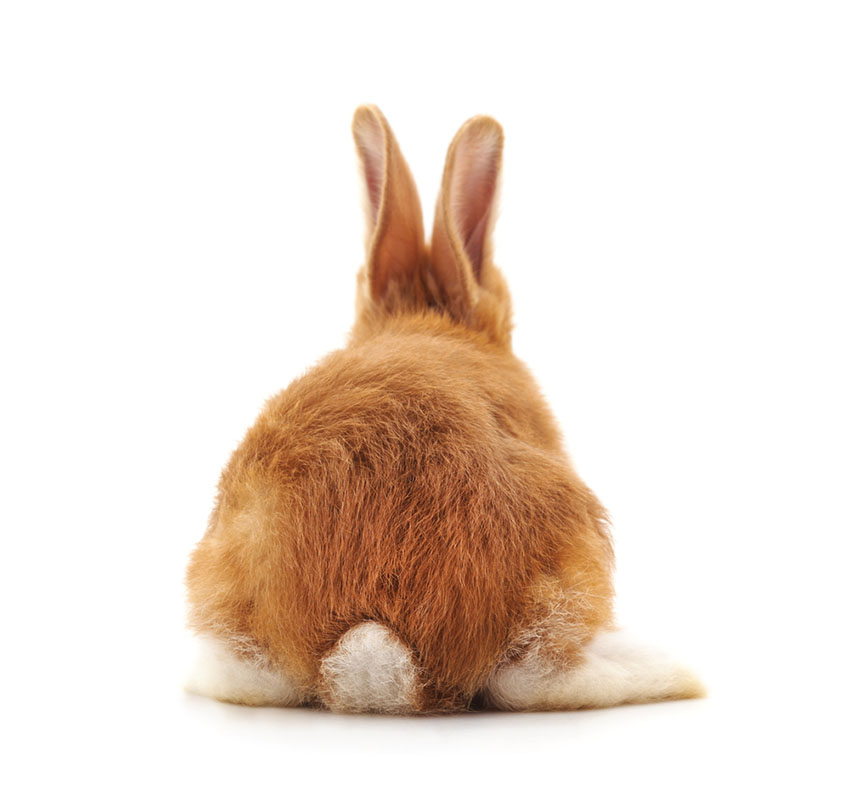
The rabbit’s tail, or scut, is one of its most famous features
Rabbit Guts and Digestion
Rabbits are specially evolved to eat grass, and have a digestive system that is built to maximise the amount of nutrition they can get from it.Rabbits have a two stage digestive system. After the chewed food passes from the upper digestive tract where it will be mixed with the stomach acids into the lower digestive system where the fibrous material is taken straight out and turned into rabbit droppings.
The rest of the mixture goes into the caecum, basically a big fermentation tank where bacteria work on releasing all the nutrients from the plant pattr. This is then packed into pellets called caecotrophs which rabbits will eat after they have left its body. At the second time of eating, many more nutrients are absorbed.



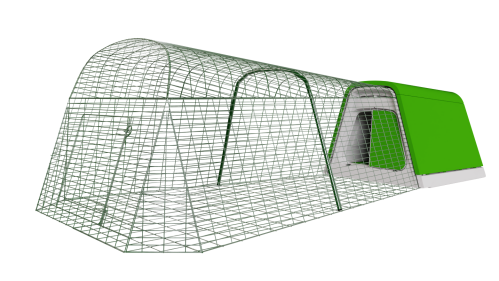
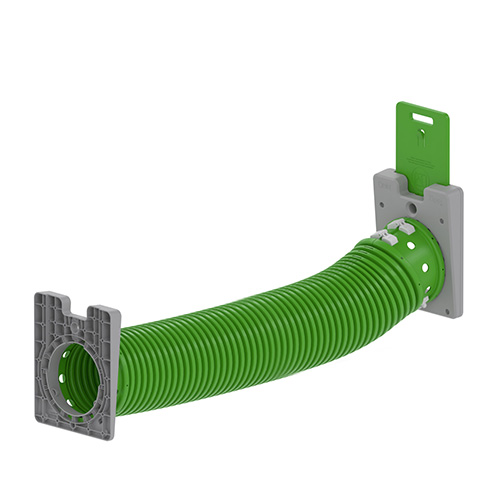
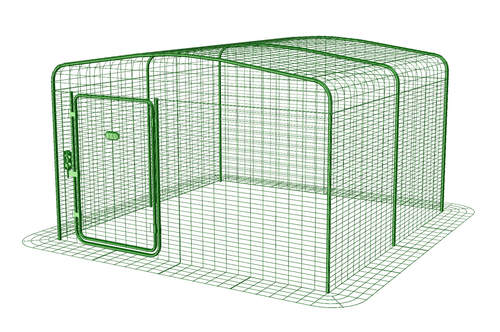
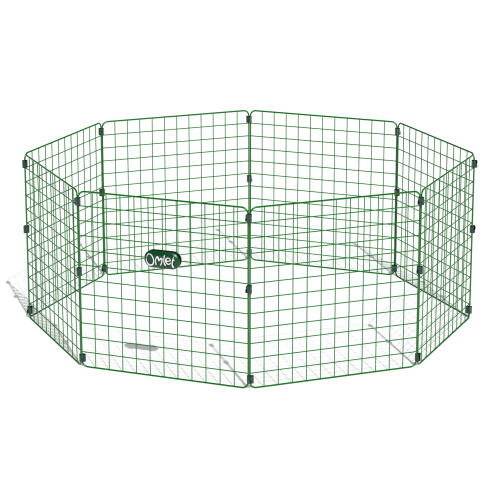
Comments
María, 22 April 2020
I like rabbits and their learning on this platform are very complete